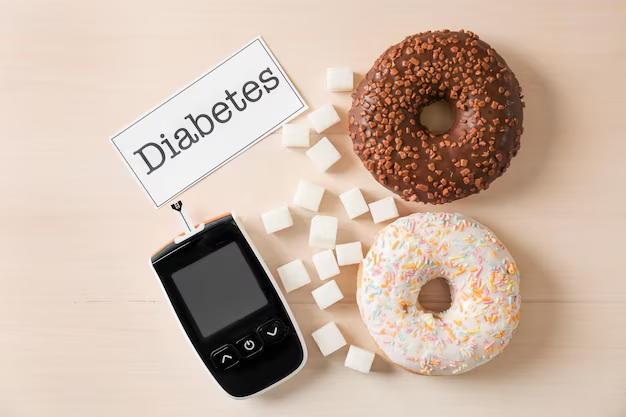Diabetes Types: Understanding the Differences and Challenges
Diabetes is a chronic health condition that affects millions of people worldwide, with two primary types: Type 1 and Type 2 diabetes. Deciding which type is “worse” is a complex question and depends on various factors, including lifestyle, treatment options, and individual health conditions. While both types require careful management, they present unique challenges that influence the daily lives of those affected.
Type 1 Diabetes: A Lifelong Dependence on Insulin
Type 1 diabetes is often diagnosed in children and young adults, although it can appear at any age. This autoimmune condition results when the body attacks its insulin-producing cells in the pancreas. Without insulin, glucose cannot enter the cells and provide energy, leading to elevated blood sugar levels. Those with Type 1 diabetes must take insulin daily via injections or an insulin pump to manage their condition.
Challenges of Type 1:
- Constant Monitoring: Individuals must regularly monitor blood sugar levels.
- Diet Regulation: Maintaining a balanced diet is crucial to avoid blood sugar extremes.
- Emergency Preparedness: Hypoglycemia (low blood sugar) can be dangerous and requires immediate treatment.
Despite these challenges, advancements in technology, such as continuous glucose monitors (CGMs) and more sophisticated insulin pumps, offer improved management options. While Type 1 demands meticulous attention, many live full, active lives due to innovations in diabetes care.
Type 2 Diabetes: Lifestyle and Management
Type 2 diabetes usually develops later in life, often linked to lifestyle factors like diet and physical activity. However, genetics also play a significant role. Unlike Type 1, those with Type 2 diabetes produce insulin, but their bodies are resistant to it. This resistance requires lifestyle changes as the first line of treatment, with medications becoming necessary when these are insufficient.
Challenges of Type 2:
- Lifestyle Adjustments: Significant changes in diet, exercise, and weight loss are critical.
- Medication Management: Oral medications or insulin may be required over time.
- Comorbidity Risks: Increased risk for cardiovascular disease, hypertension, and cholesterol issues.
Managing Type 2 is often about balancing lifestyle with medical interventions. The potential for delaying or preventing progression with lifestyle changes gives many a sense of control but also poses challenges in consistently adhering to those changes.
Which Is Worse?
It's difficult to label one type of diabetes as “worse” than the other because of individual differences in disease experience, management, and impact on daily life. Type 1 diabetes requires lifelong insulin treatment and constant vigilance, while Type 2 diabetes involves significant lifestyle overhauls and possible medication. Each presents its own set of complexities and challenges to manage, making the “better or worse” question subjective.
Navigating Financial Implications
Managing diabetes can be costly, with expenses for medications, devices, and regular health check-ups. Fortunately, several financial assistance options can ease the burden:
- Government Aid Programs: Seek out state and federal programs for healthcare assistance.
- Non-Profit Diabetes Organizations: Many offer resources and assistance for medical supplies.
- Insurance Coverage: Understanding your health insurance benefits can reduce out-of-pocket costs.
Empowering Your Journey
Education and financial stability are crucial in managing diabetes effectively. Here are some valuable resources that can help:
- 🎓 Educational Grants: Fund your education and promote career opportunities.
- 💳 Credit Card Solutions: Find low-interest or 0% APR credit cards to manage medical expenses.
- 🏦 Debt Relief Options: Explore consolidation or relief programs to manage debt from medical expenses.
Taking advantage of these programs and solutions can help mitigate the financial strain of diabetes, allowing individuals to focus more on their health and well-being. By leveraging these resources, individuals can manage the financial aspects of diabetes care effectively, ensuring a healthier, more balanced lifestyle.
